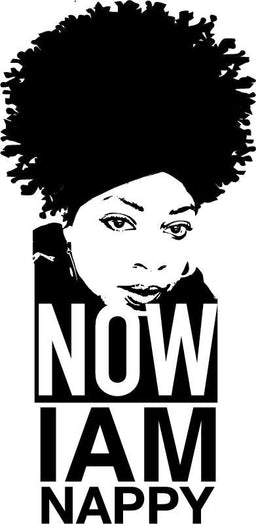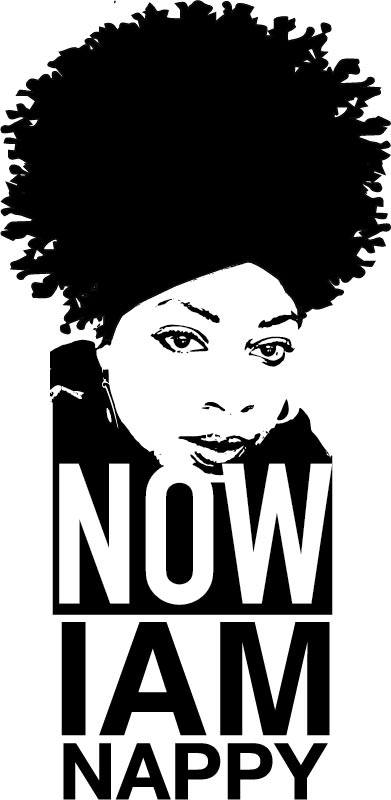One of the most popular questions I receive daily in my Instagram comments and messages is centered around dry hair and how to retain moisture. Rightfully so, as naturally curly, coily hair tends to be dry! Why? Well, our beautiful kinks and coils have bends and curves that prevent our natural sebum from navigating down the hair strands to moisturize our hair. So, just like you, I also have dry hair if I’m not properly moisturizing my strands.
What is moisture?

Simply put, water is moisture. So, one of the best ways to combat dry hair is to moisturize your hair daily with water. I know you’re probably thinking, whenever I spray my hair with just water it feels dry afterward, that is why it is important to lock in the moisture with a sealant. The idea of Liquid, Oil, Cream (L.O.C.) and Liquid, Cream, Oil (L.C.O.) was developed based on this concept. So, what makes a good leave-in cream?
When selecting a leave-in moisturizer, read the ingredient label to determine if the product will live up to the claims. Did you know, the first five ingredients on the label have the highest concentration amount in the product? So naturally when selecting a leave in that will moisturize your hair, water should be the first ingredient!
Another important ingredient you want to look for is a humectant. Humectants are a type of moisturizer that draws moisture from the air into your hair. To understand this a little better, humectants bind water molecules to themselves, so if a humectant is applied to your hair (or skin), it will bind water molecules to your hair. When searching for a good leave in, look for humectants that come from natural sources like:
Glycerin
Honey
Aloe Vera gel or liquid
Sorbitol
Panthenol
Lactic acid
Hydrolyzed wheat and rice proteins
Additionally, a good leave in will also contain emollients. Emollients help soften and smooth the hair shaft and fill in the gaps in our hair. Emollients are either plant or animal derived and are mainly lipids and oils. Look for plant-based emollients in your products such as:
Stearyl alcohol
Cetyl alcohol
Squalene
Castor oil
Shea Butter
Also look for occlusive agents which create a hydrophobic barrier over the skin, to prevent loss of moisture. Look for all natural occlusive such as:
Candelilla wax
Palm kernel oil
Castor oil
Cocoa butter
Beeswax
Lecithin
Avoid oils containing mineral oil, petrolatum, and paraffin.
Now that you have your perfect leave in cream, lets now seal in all this moisture with a sealant.
What makes a good Oil/Butter?
Oils come in a range of properties from penetrating, sealing, to essential oils. Penetrating oils can penetrate the hair shaft to deliver nutrients to the hair strand. Oils that can penetrate the hair shaft have short chain fatty acids and are high in triglycerides. They are also more positively charged and attract the negatively charged proteins in our hair. Other oils have properties that allow them to slightly penetrate the hair shaft but also can be used as sealants. Oils that have very large fatty acid chains have larger molecules that cannot penetrate the shaft but coat the shaft providing a barrier to the strand. Essential oils are very important in traditional medicine to heal the skin and scalp and provide anti-inflammatory and anti-bacterial properties. All essential oils should be diluted with a carrier oil as they are extremely concentrated.
When looking for the sealant in your L.C.O or L.O.C. method use a sealing hair oil. I have attached a downloadable pdf of a list of 10 penetrating, sealing, and essential oils for your use.
Now that you have learned how to retain the moisture, let’s look at how to stop breakage.
Breakage
Let’s be clear, breakage happens to everyone. Breakage comes from several factors-too much moisture, too much protein, too much manipulation, not trimming, or dull scissors. Today, we are going to focus on breakage from lack of moisture.
If your hair is extremely dry, try using LCO or LOC method daily. Do this technique until your hair reaches a moisturized state; this may take days to weeks from your hair being dehydrated. If you find your hair is still dry, evaluate the ingredients in your product list and slowly remove one product at a time. According to hair porosity, certain ingredients work better for your hair than others, some trial and error may be necessary to find products that respond best to your hair.
Deep Conditioning
I can’t stress enough the importance of deep conditioning your hair on a regular basis. Please note that leaving a regular conditioner on your hair does not constitute a deep conditioner. Deep conditioners are specially formulated for penetrating deep into the hair strands. For those with low porosity hair, many find steaming with a deep conditioner very beneficial for imparting moisture. For those with high porosity hair, a heating cap will help the conditioner to penetrate deep into your strands.If you find your deep conditioner does not work for you, evaluate the ingredients-is their protein in your conditioner, crude oils (mineral or petrolatum), or silicones? If you would like a list of deep conditioners that provide moisture, protein, or a combination, please let me know in the comment section.
Finally, curlfriends, check out my video on how to Retain Moisture and Stop Breakage! I share one of my favorite hydrating leave-in recipes with you.


